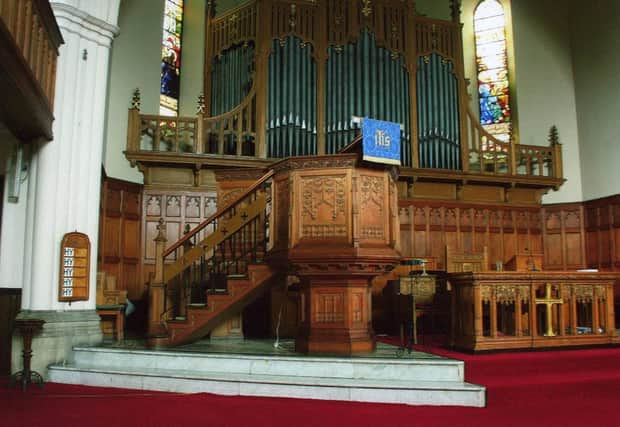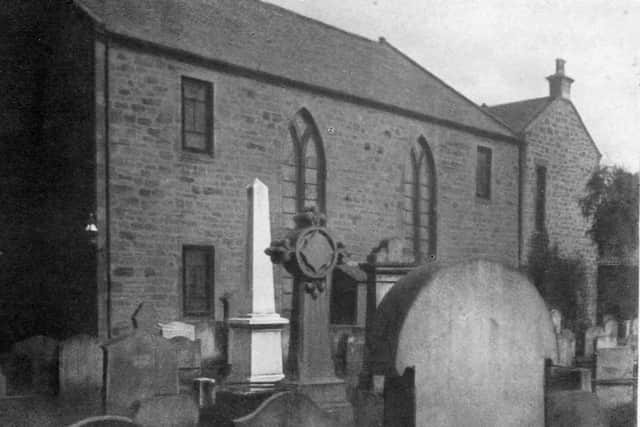Falkirk church which broke away from 'the establishment'


It was a very happy occasion with music, song, pictures and stories of Erskine reaching back to the early decades of the 18th century when the Minister of Stirling, Ebeneezer Erskine, led a breakaway from what was then referred to as ‘the establishment’.
Erskine and a group of like-minded ministers thought there was far too much interference by the state in church affairs, especially in the choice of ministers, and believed congregations should make their own decisions.
Advertisement
Hide AdAdvertisement
Hide AdHaving walked out of their churches and manses in 1733 they began to attract support from around the country and Falkirk was no exception.


By 1737 there was a ‘society’ in the town promoting Erskine’s ideas and soon the Falkirk Associate Congregation was formed by seven elders of the Parish Church and a handful of new adherents.
It was several years before they had either a place of worship or a minister and the Sunday gatherings were held in various farm houses like Lochgreen and Randyford.
By 1742 they had sufficient support and money to build a ‘meeting house’ in Silver Row to hold almost 1000 people which served the Erskine congregation until 1905.
Advertisement
Hide AdAdvertisement
Hide AdMany Falkirk folk will remember the building in its final days as the Roxy Theatre with the old abandoned graveyard in the Horsemarket Lane.
It is clear from the early records that the church was very successful and despite suffering breakaways of their own (including the one that created the Tattie Kirk) the building required regular extensions and modernisation.
The normal Sunday attendance in the mid 1800s was said to exceed 1200.
The improvement may have something to do with the fact that the church had installed gas lighting in 1838 and a stove heater seven years later!
Advertisement
Hide AdAdvertisement
Hide AdBy the end of the century, the congregation, by then called the Erskine United Free Church following a series of mergers with other breakaway groups, took the decision to raise more than £9,000 to replace their old crumbling meeting house and the result was the handsome building which dominates the junction of Cockburn Street, Major’s Loan and Hodge Street.
The architect was William Black, one of Falkirk’s finest, and the new Gothic building which had seating for 745, a fine stained glass window by Stephen Adam and a ‘tubular pneumatic’ pipe organ.
The man who inspired the congregation throughout this period, Rev James Aitchison, was one of Falkirk’s most eminent Victorians.
He played a major part in the development of education in the town and shepherded his flock for over 55 years including during the heavy loss of life in World War One.
Advertisement
Hide AdAdvertisement
Hide AdIn the modern era as church rolls continued to fall mergers of congregations took place and Falkirk Erskine was one.
Now many of those who met together last week continue to serve both church and community as part of Falkirk Trinity while remembering with pride the years of dedicated service of Erskine.
Comment Guidelines
National World encourages reader discussion on our stories. User feedback, insights and back-and-forth exchanges add a rich layer of context to reporting. Please review our Community Guidelines before commenting.